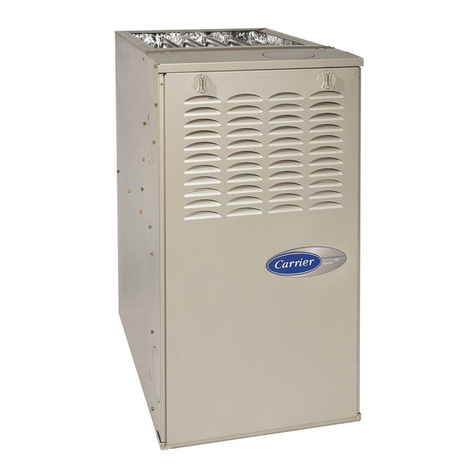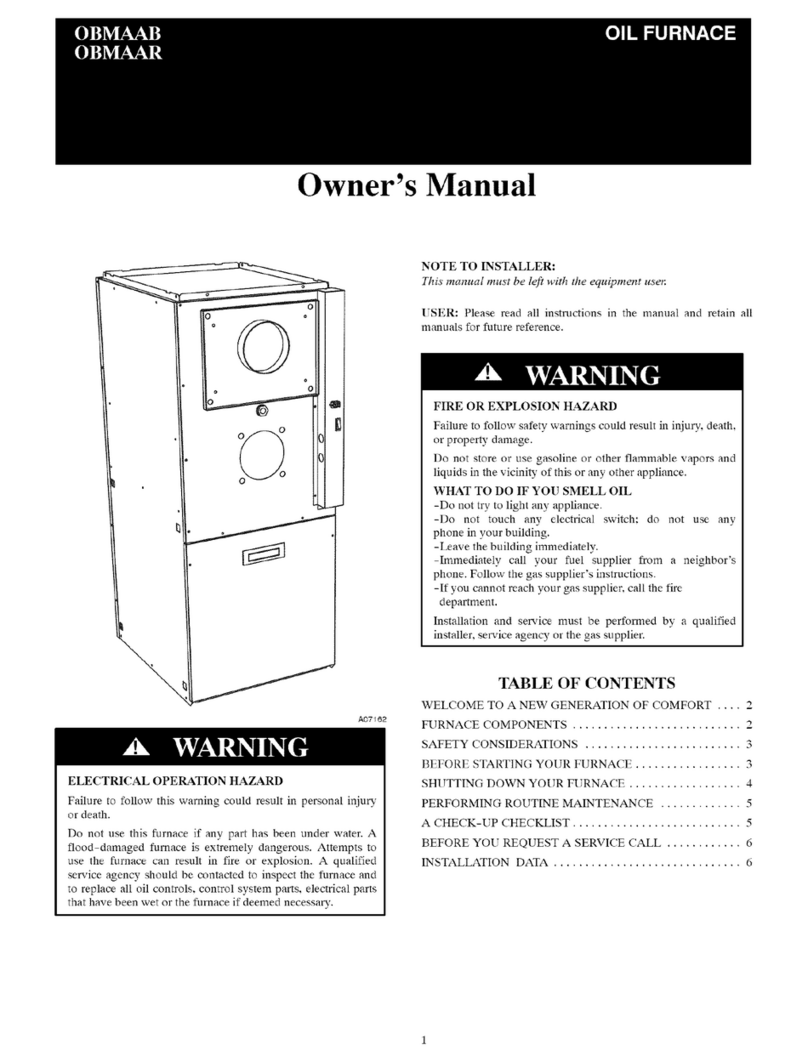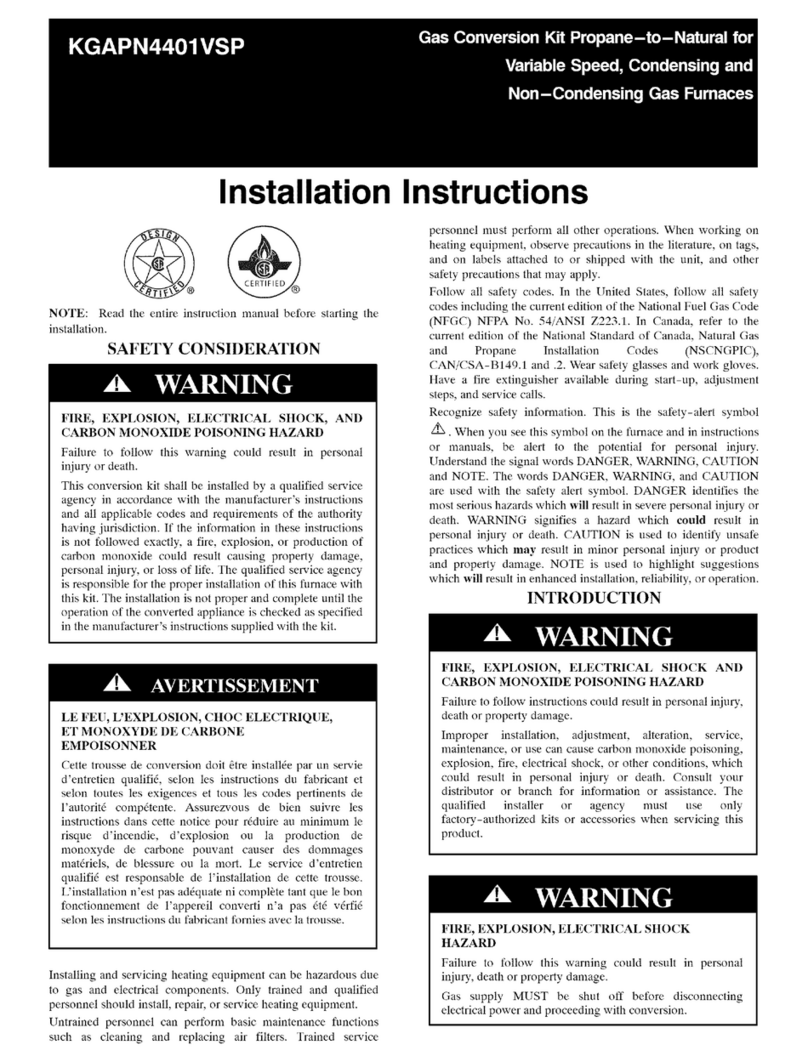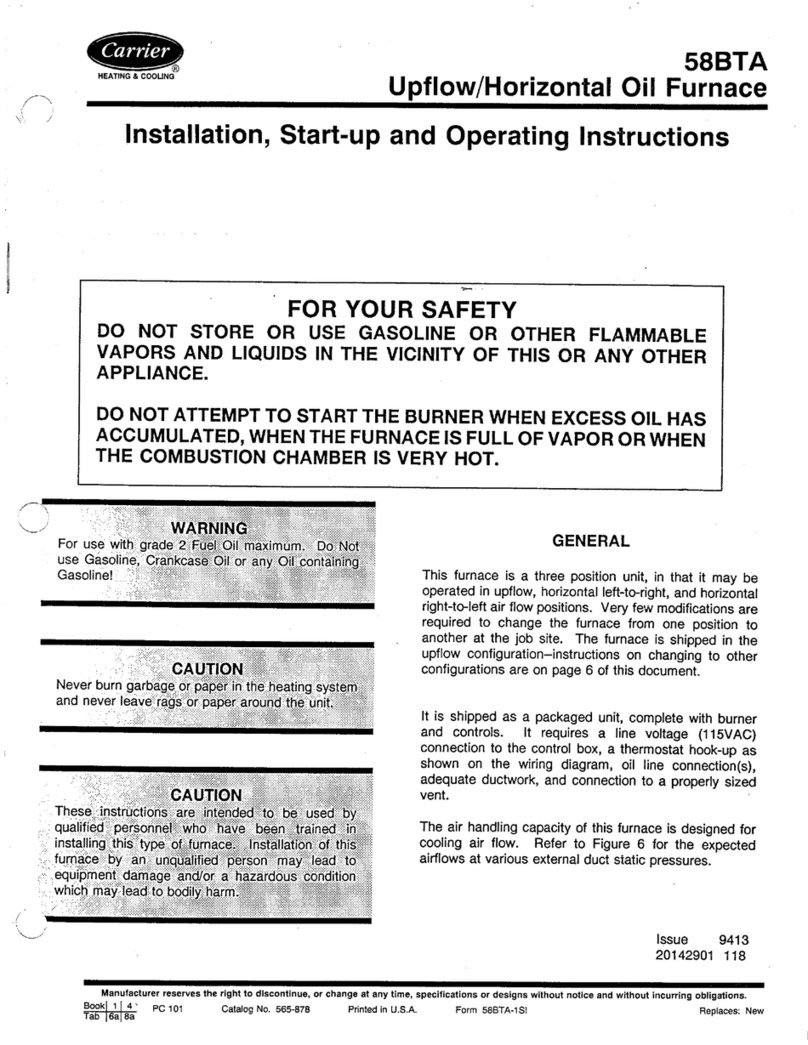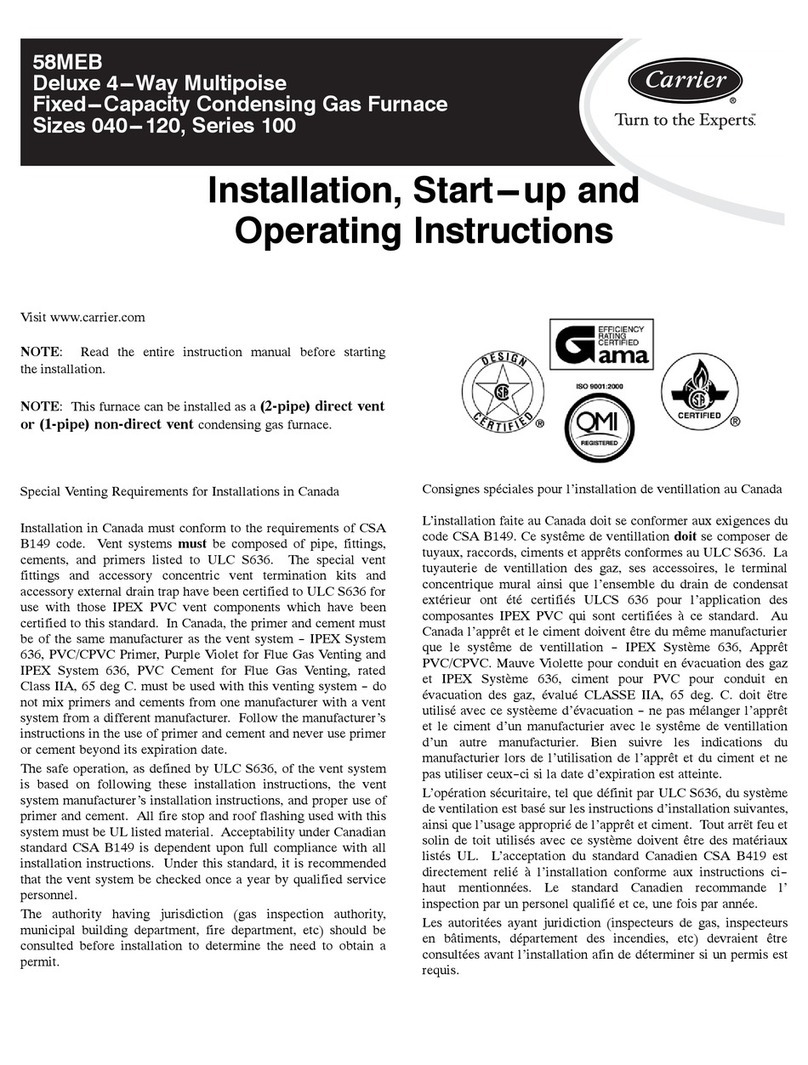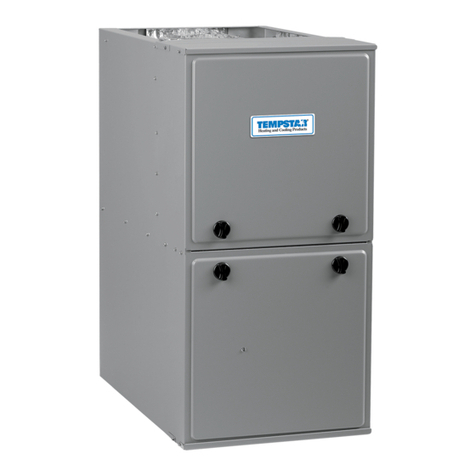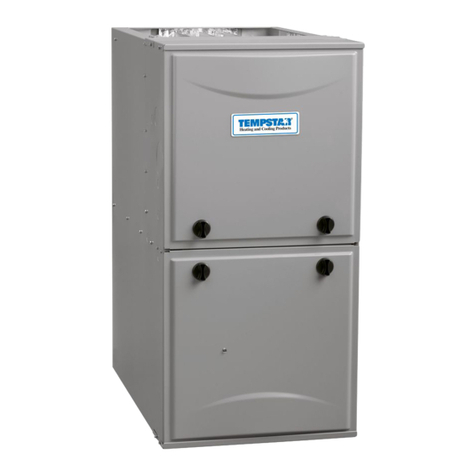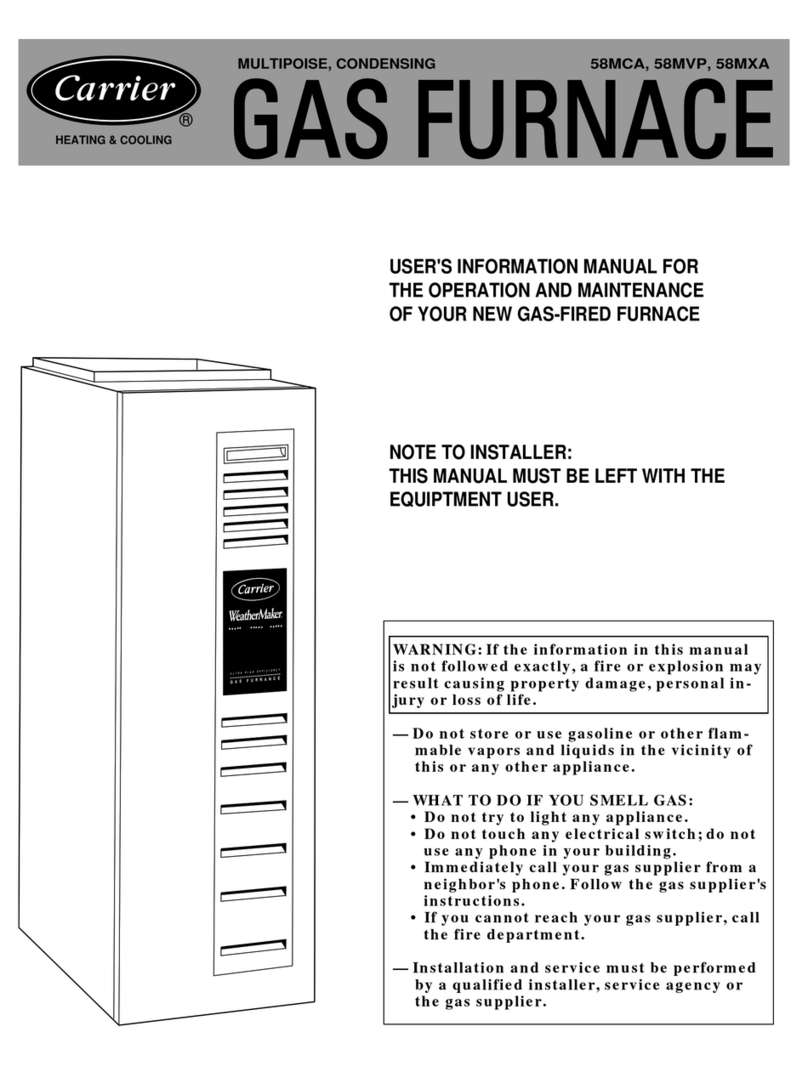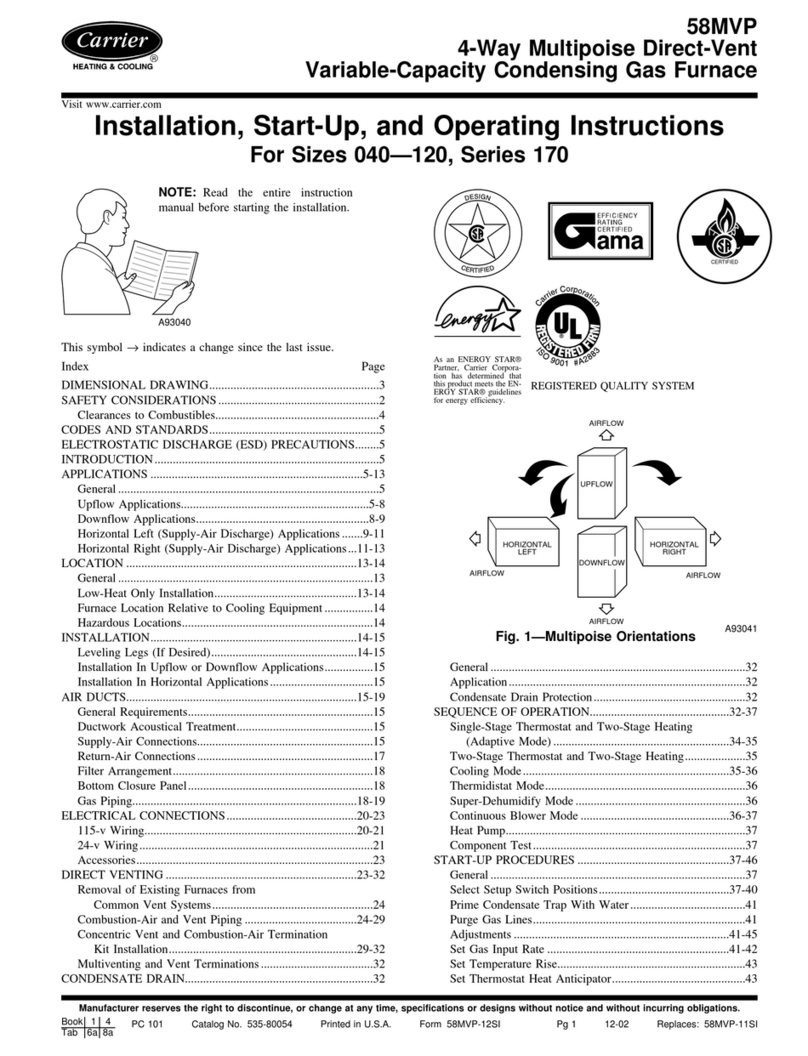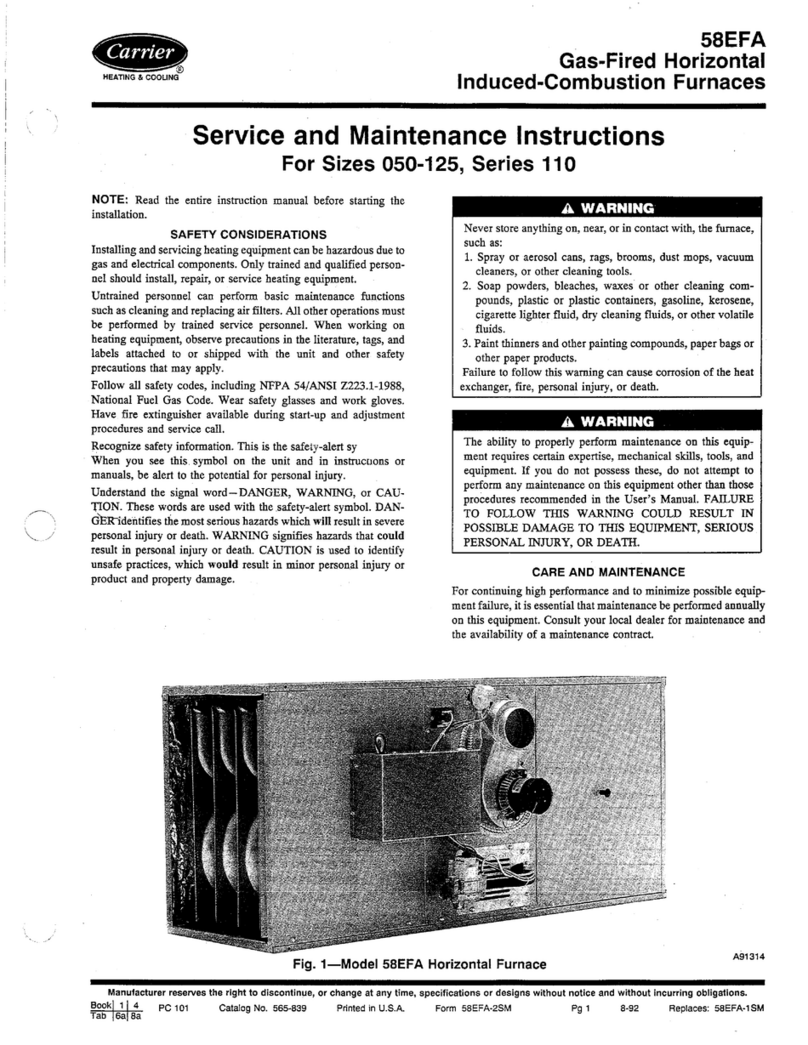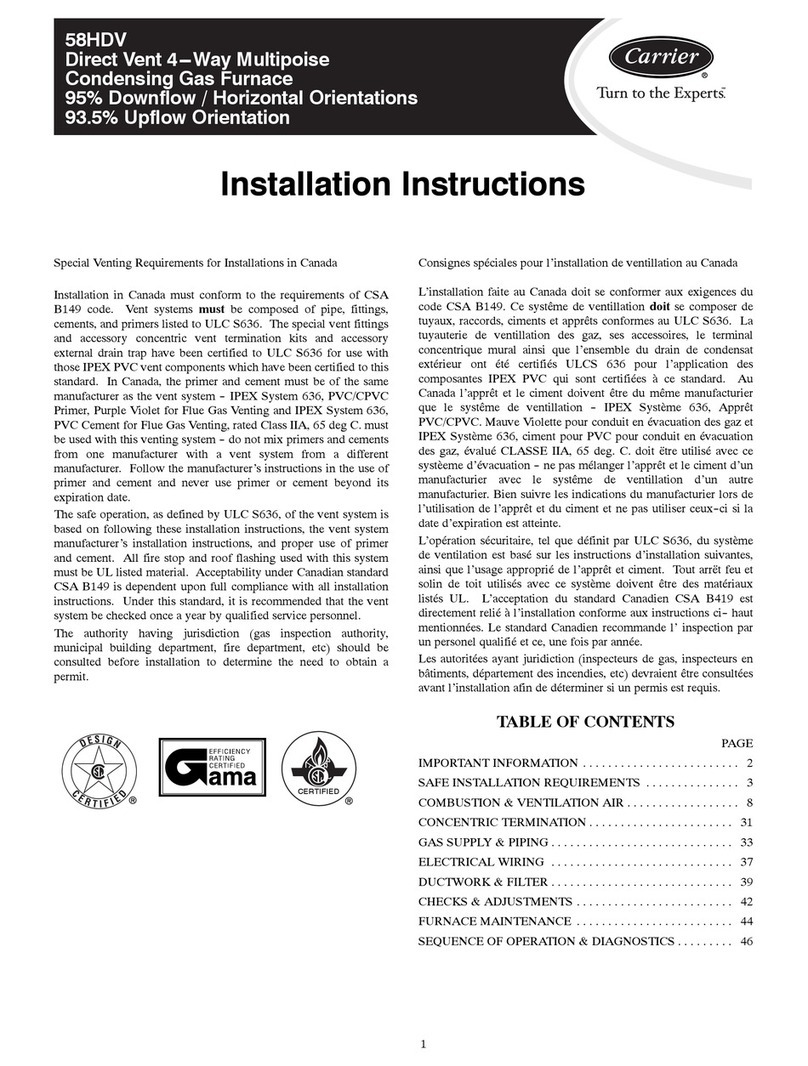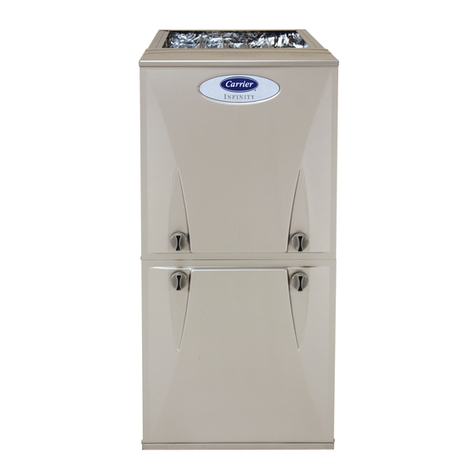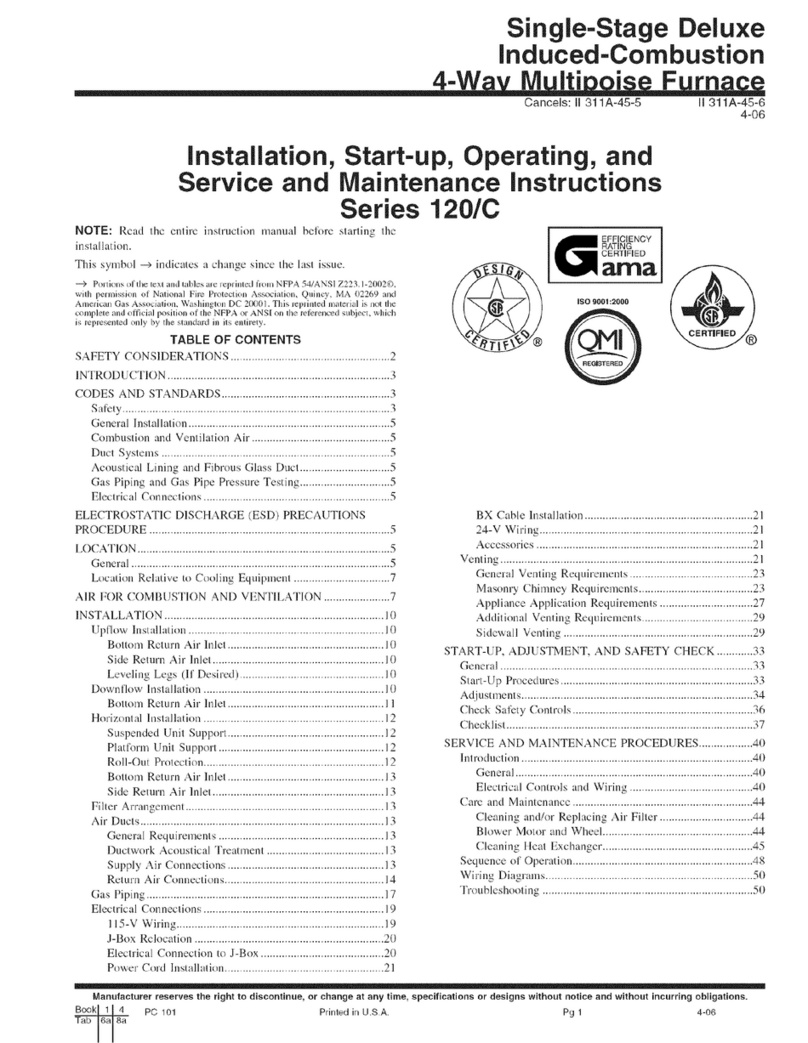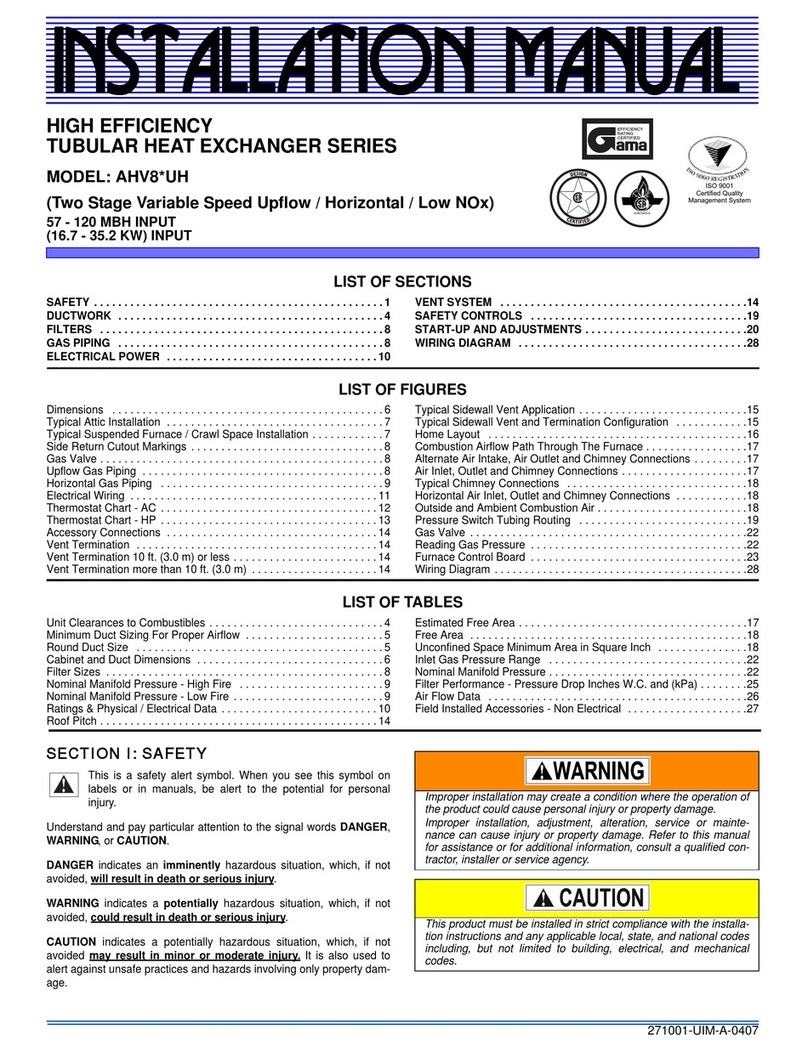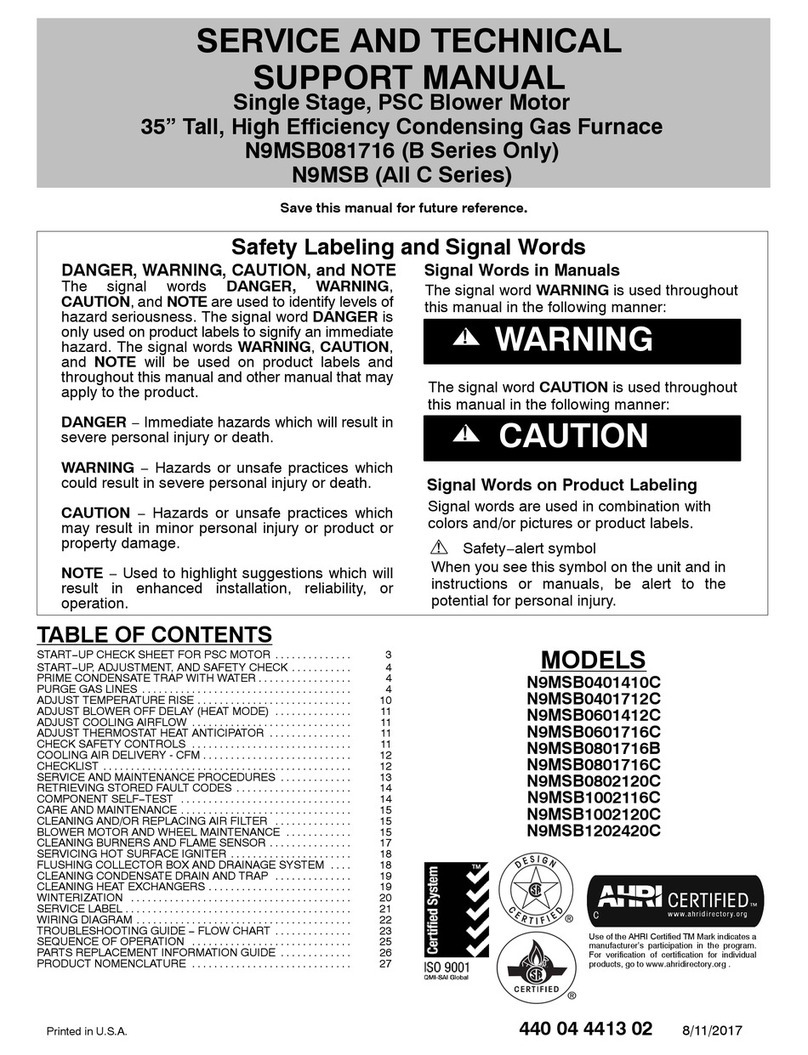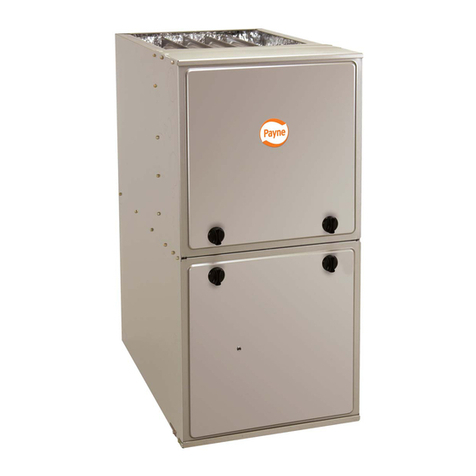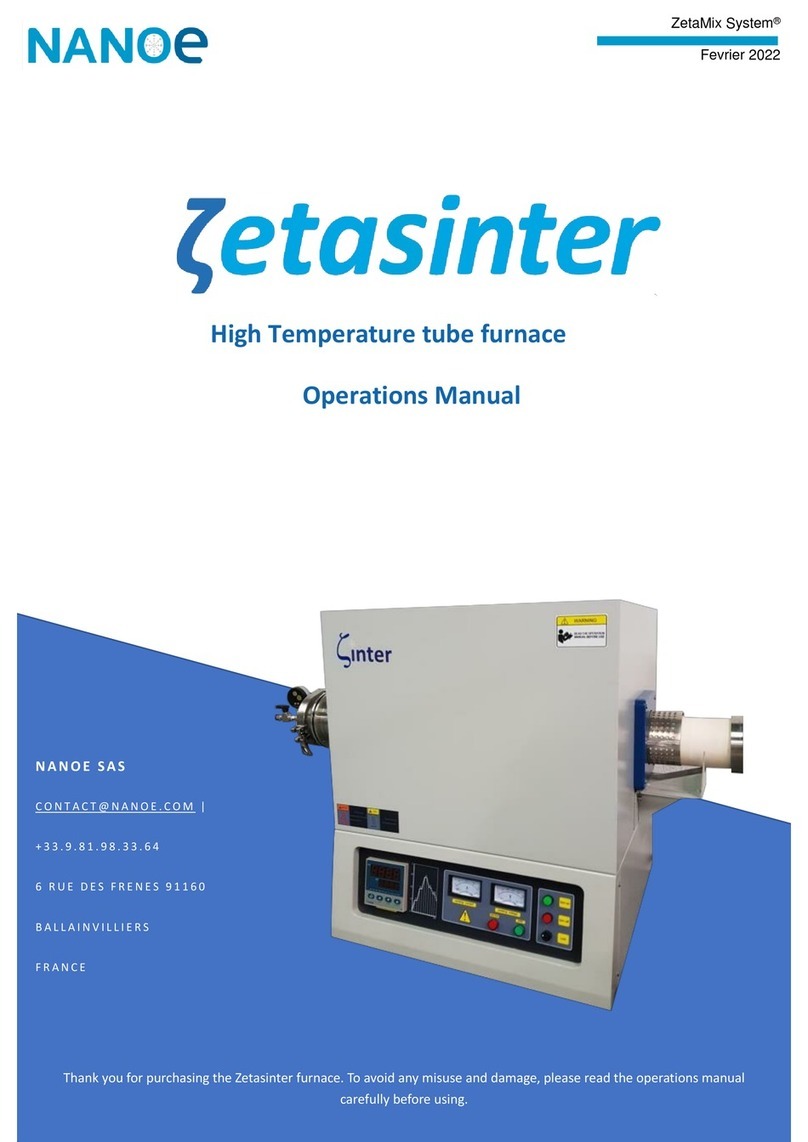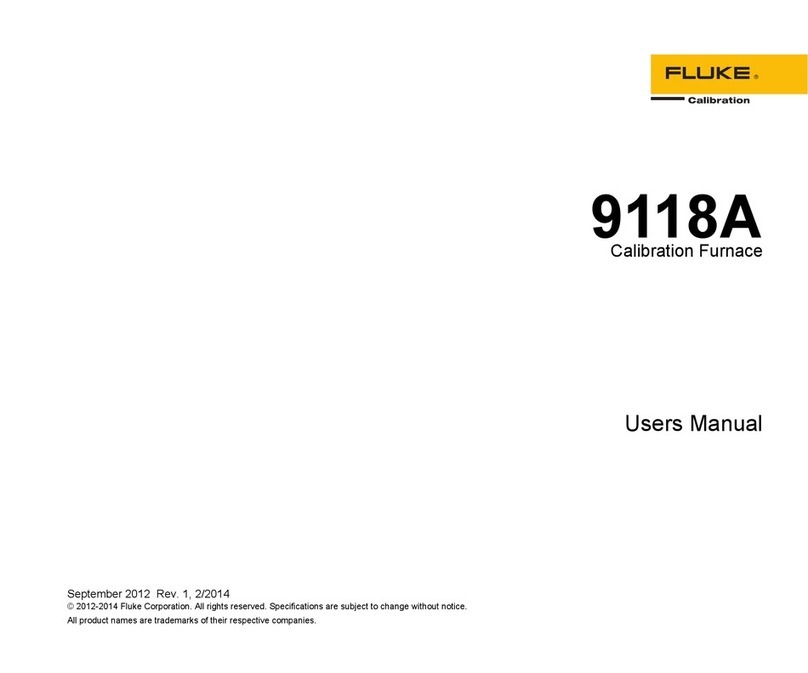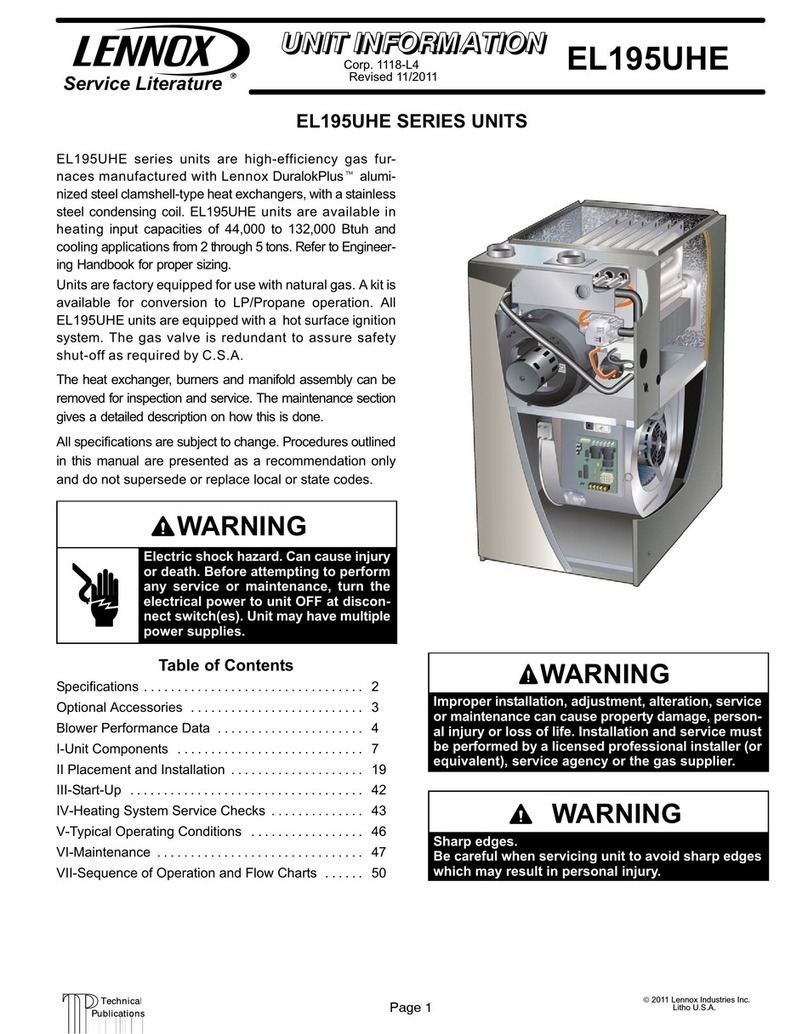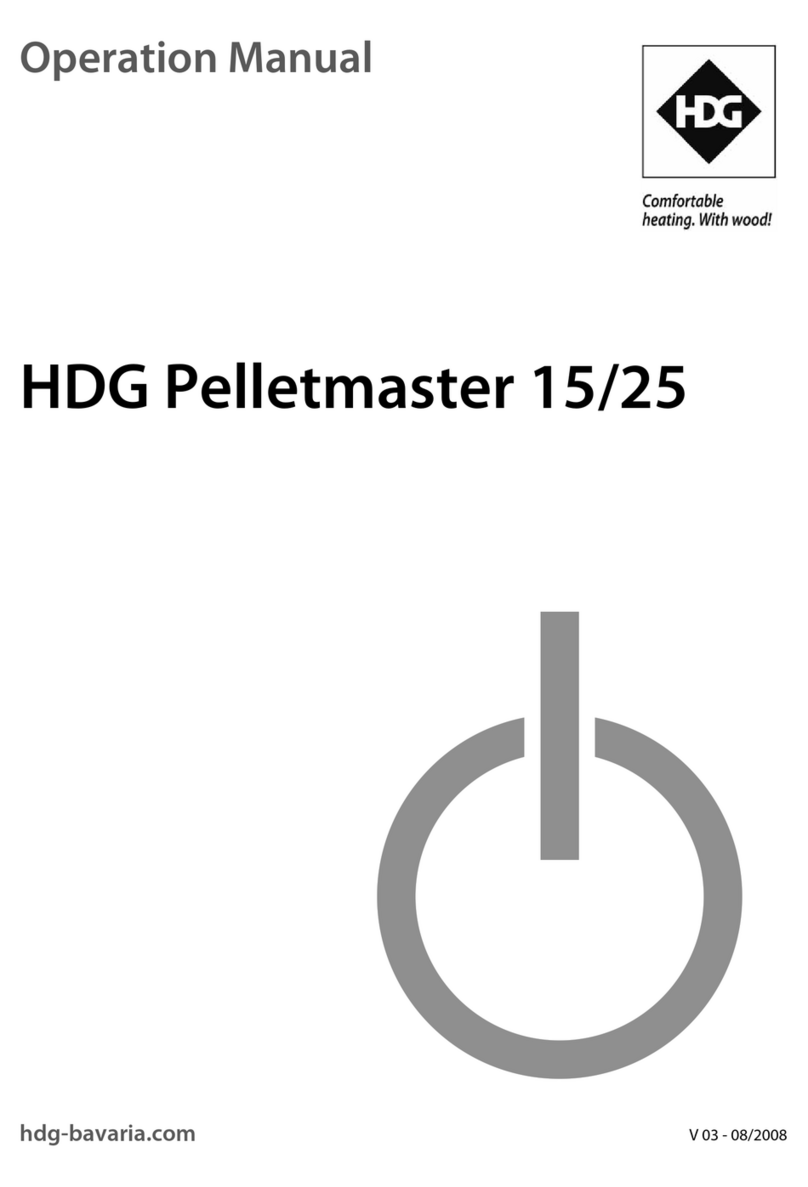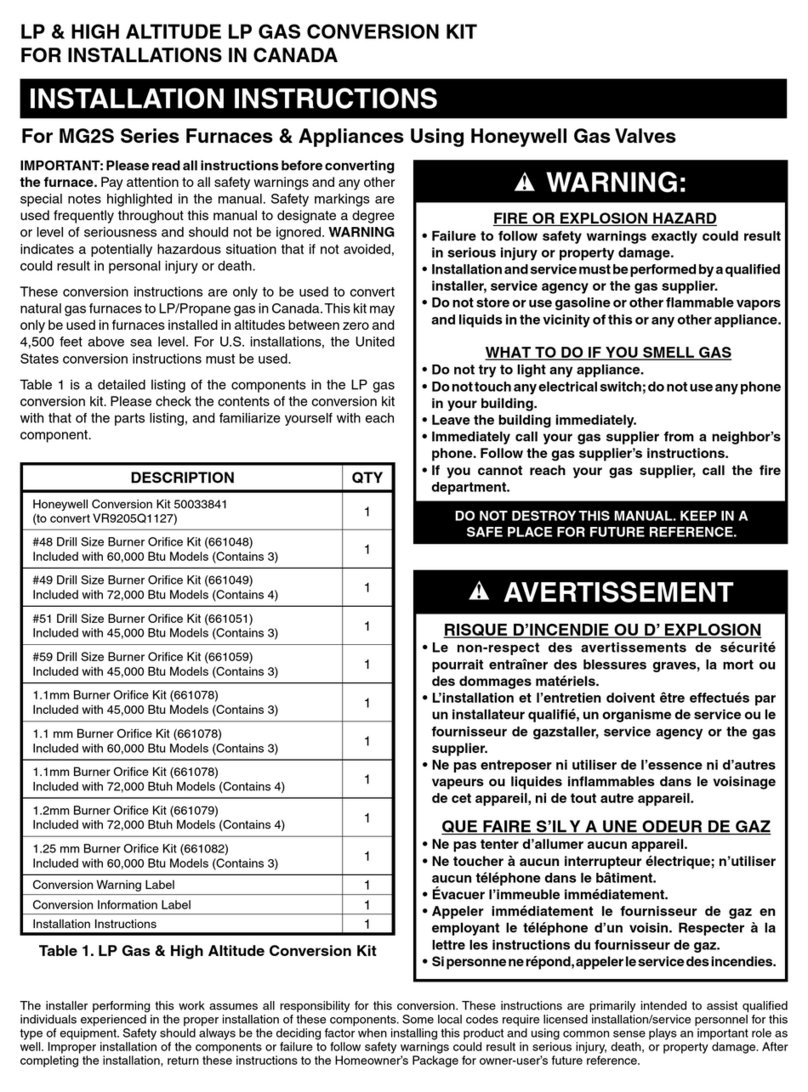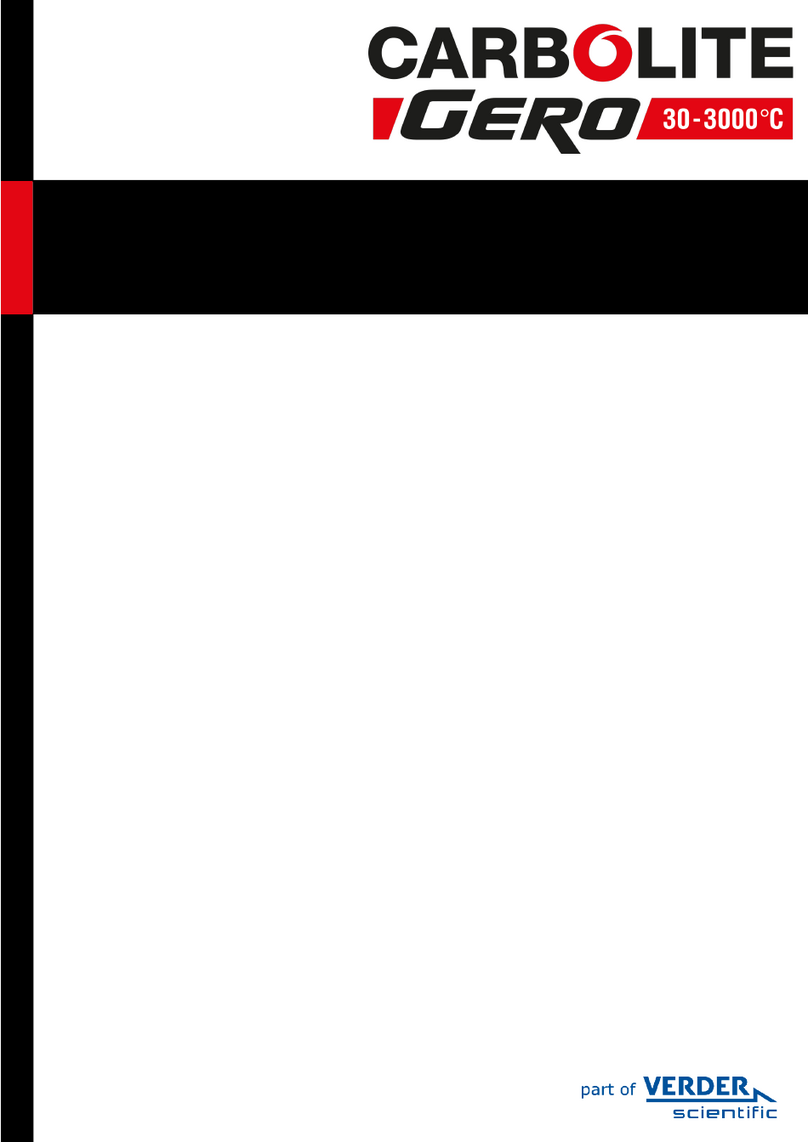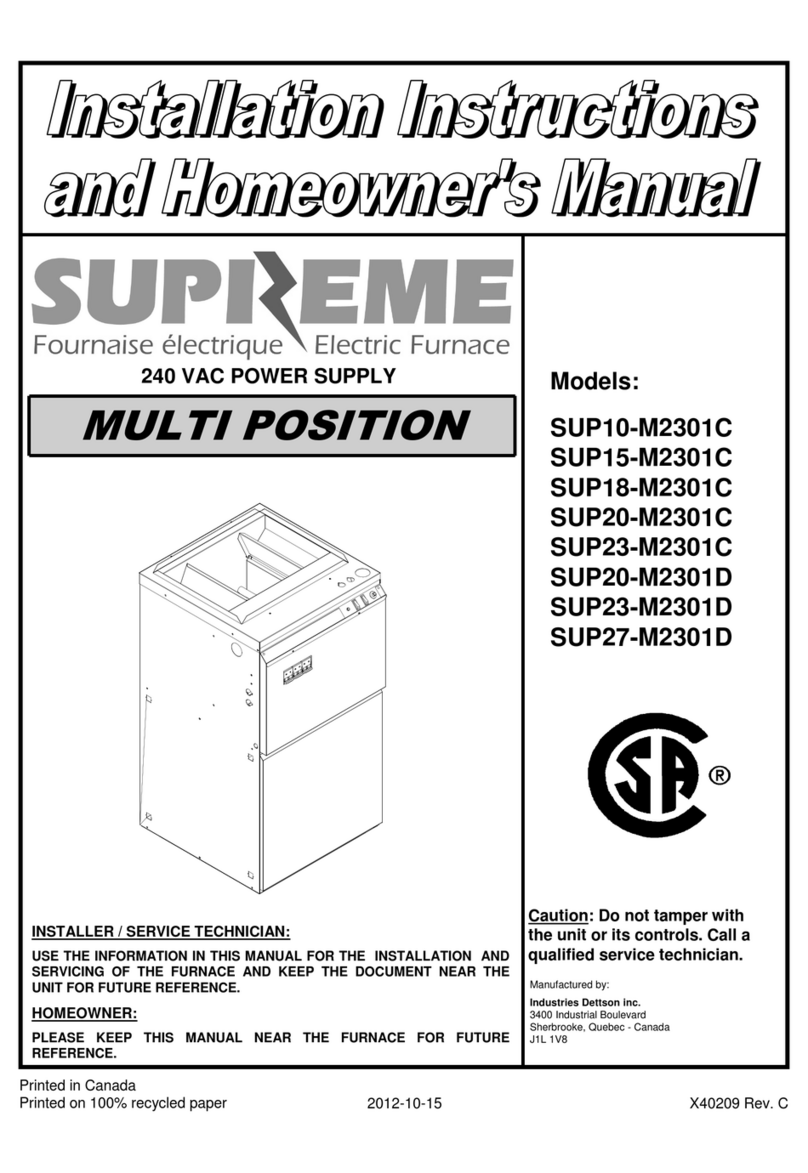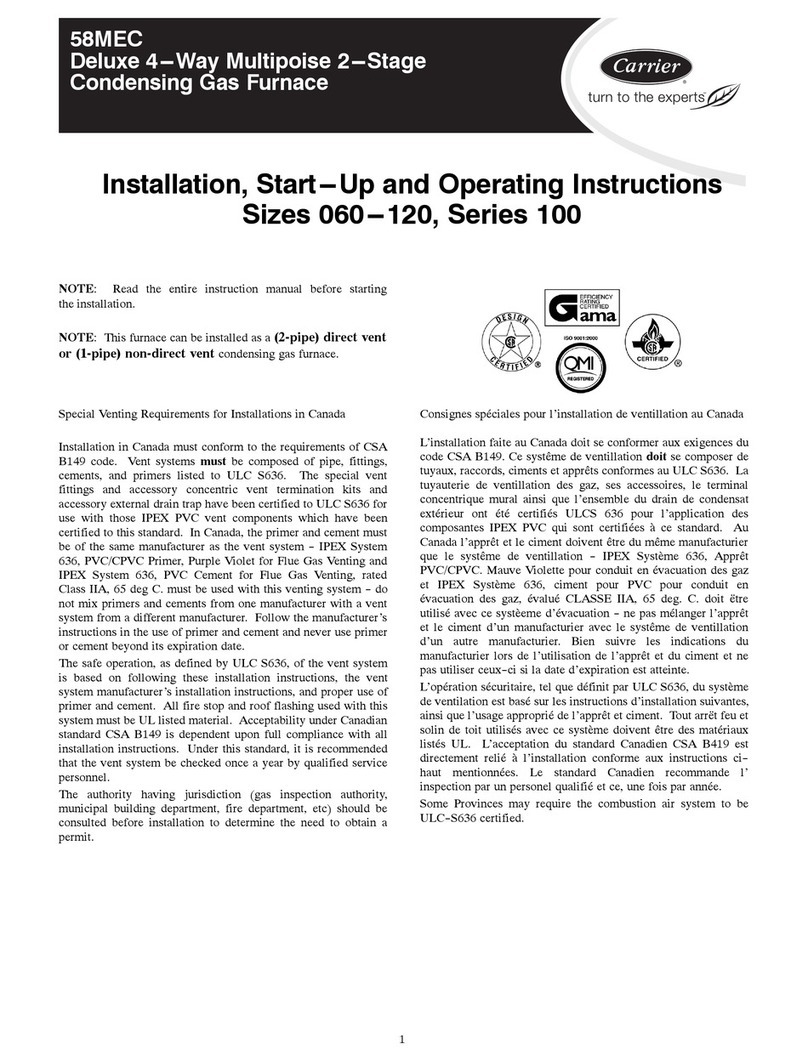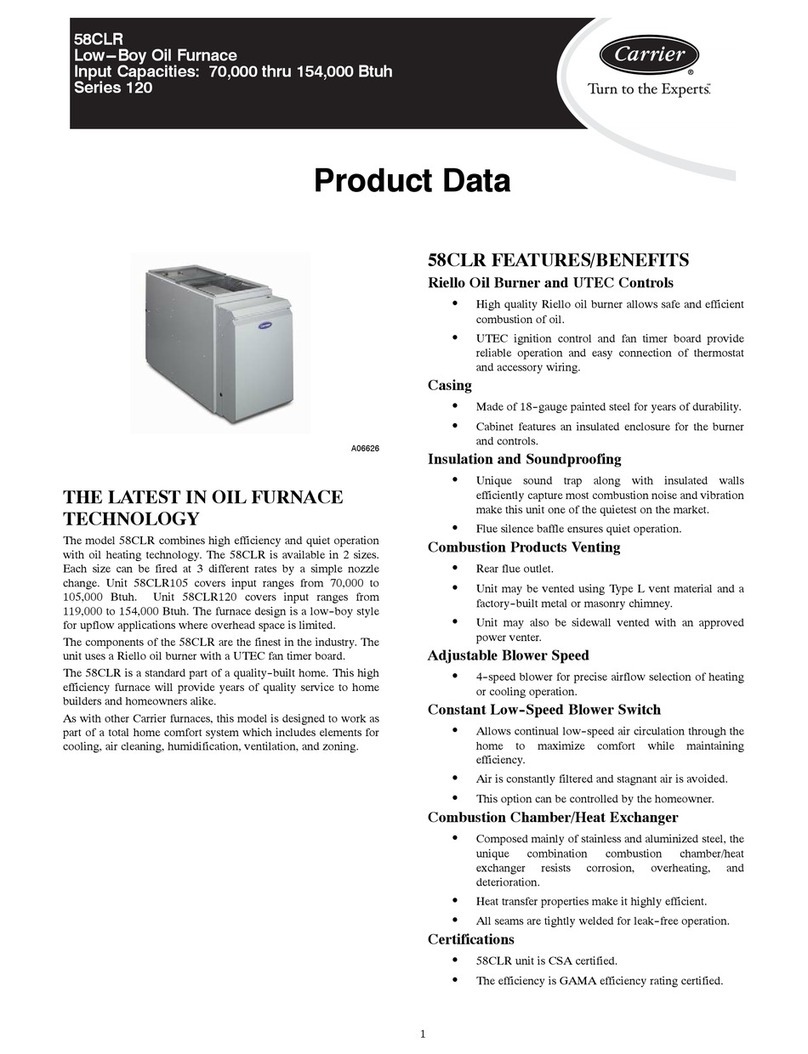
NOT move or shuffle your feet, DO NOT touch ungrounded
objects, etc.).
4. If you touch ungrounded objects (recharge your body with
static electricity), firmly touch furnace again before touching
control or wires.
5. Use this procedure for installed and uninstalled (ungrounded)
furnaces.
6. Before removing a new control from its container, discharge
your body’s electrostatic charge to ground to protect the
control from damage. If the control is to be installed in a
furnace, follow items 1. through 5. before bringing the control
or yourself into contact with the furnace. Put all used AND
new controls into containers before touching ungrounded
objects.
7. An ESD service kit (available from commercial sources) may
also be used to prevent ESD damage.
INTRODUCTION
The model 58UXT Series 100 Furnace is available in sizes 60,000
through 120,000 Btuh input capacities.
The design of the upflow/horizontal gas-fired furnace is A.G.A.
and C.G.A. design-certified for use with natural and propane gases
and for installation on combustible wood flooring, in alcoves,
attics, basements, closets, or utility rooms. The design of this
furnace line is not A.G.A. and C.G.A. design-certified for instal-
lation in mobile homes, recreation vehicles, or outdoors.
Before installing the furnace, refer to the current edition of the
NFGC. Canadian installations must be installed in accordance with
NSCNGPIC and all authorities having jurisdiction. For further
information, the NFGC is available from National Fire Protection
Association Inc. Batterymarch Park, Quincy, MA 02269; Ameri-
can Gas Association, 1515 Wilson Boulevard, Arlington, VA
22209; or from Literature Distribution.
Installation must conform to the regulations of the serving gas
supplier and the local building, heating, and plumbing codes in
effect in the area in which the installation is made, or in the
absence of local codes with the requirements of the NFGC.
Application of this furnace should be indoors with special
attention given to vent sizing and material, gas input rate, air
temperature rise, and unit sizing. Improper installation or
misapplication of the furnace can require excessive servicing
or cause premature component failure.
This furnace is designed for a minimum continuous return-air
temperature of 60°F db or intermittent operation down to 55°F db
such as when used with a night setback thermostat. Return-air
temperature must not exceed 85°F db.
To aid in installation, troubleshooting, and service, a status code
label is located on the blower compartment door. This label
explains how to use the LED status indicator on the furnace control
which is viewed through the sight glass on the door.
Improper installation, adjustment, alteration, service, mainte-
nance, or use can cause carbon monoxide poisoning, explo-
sion, fire, electrical shock, or other conditions which may
cause personal injury or property damage. Consult a qualified
installer, service agency, local gas supplier, or your distribu-
tor or branch for information or assistance. The qualified
installer or agency must use only factory-authorized and
listed kits or accessories when modifying this product. A
failure to follow this warning can cause electrical shock, fire,
personal injury, or death.
For high-altitude installations, the high-altitude conversion kit
MUST be installed at or above 5500 ft above sea level.
For accessory installation details, refer to the applicable installa-
tion literature.
NOTE: Remove all shipping brackets and materials before oper-
ating the furnace.
Step 1—Location
GENERAL
Do not install furnace in a corrosive or contaminated atmo-
sphere. Make sure all combustion and circulating air require-
ments are met.
Do not use this furnace during construction when adhesives,
sealers, and/or new carpets are being installed and curing. If
the furnace is required during construction, use clean outside
air for combustion and ventilation. Compounds of chlorine
and fluorine, when burned in combustion air, form acids
which will cause corrosion of the heat exchangers and metal
vent system. Some of these compounds are released from
paneling and dry wall adhesives, paints, thinners, masonry
cleaning materials, and many other solvents commonly used
in the construction process.
Excessive exposure to contaminated combustion air will
result in safety and performance related problems.
This furnace must be installed so the electrical components are
protected from water.
Locate the furnace as near the center of the air distribution system
and chimney or vent as possible. The furnace should be installed
as level as possible. When a furnace is installed so that the supply
ducts carry air to areas outside the space containing the furnace,
the return air must also be handled by a duct(s) sealed to the
furnace casing and terminating outside the space containing the
furnace.
Provide ample space for servicing and cleaning. Always comply
with the minimum fire protection clearances shown on the unit
clearance label. This furnace shall not be installed directly on
carpeting, tile, or any combustible material other than wood
flooring.
LOCATION RELATIVE TO COOLING EQUIPMENT
The cooling coil must be installed parallel with or on the
downstream side of the furnace to avoid condensation in the heat
exchangers. When installed parallel with a furnace, dampers or
other means used to control the flow of air must prevent chilled air
from entering the furnace. If the dampers are manually operated,
they must be equipped with means to prevent operation of either
unit unless the damper is in the full-heat or full-cool position.
3
